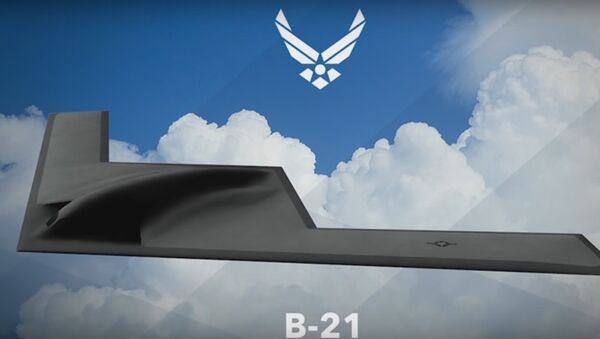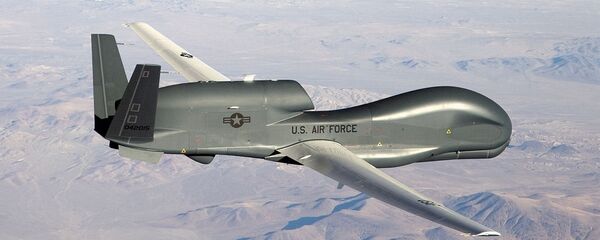In a Friday news release, the US Air Force indicated Oklahoma's Tinker Air Force Base had been chosen to maintain and sustain the heavy bomber, and that California's Edwards Air Force Base had been selected to head the testing and evaluation of the advanced weaponry.
Both bases will also be "equipped to rebuild parts, assemblies or subassemblies of the plane as well as testing and reclaiming equipment as necessary for depot activations."
The statement goes on to explain that the "deep and accomplished history" of Tinker AFB's Air Logistics Complex of the Air Force Sustainment Center was the reason behind Air Force officials selecting the base.
"With a talented workforce and decades of experience in aircraft maintenance, Tinker AFB is the right place for this critical mission," Secretary of the Air Force Heather A. Wilson said in a statement.
As for why Edwards AFB was chosen, it has a lot to do with the fact that it's the home of the Air Force Test Center. According to the force, the center is the leader in testing and evaluating aircraft to ensure that standards are being met.
"From flight testing the X-15 to the F-117, Edwards AFB in the Mohave [sic] Desert has been at the forefront of keeping our Air Force on the cutting edge," Chief of Staff of the Air Force Gen. David L. Goldfein said.
"Now, testing the B-21 Raider will begin another historic chapter in the base's history."
Earlier this year, in May, the Air Force revealed that the first batch of B-21 bombers would be replacing B-1 Lancers and B-2 Spirit aircraft at Dyess Air Force Base, Texas; Ellsworth AFB, South Dakota; and Whiteman AFB, Missouri.
Although it's unclear which location will be the first to get their hands on one of the bombers, the first batch is expected to be shelled out in the mid-2020s. According to the Air Force Times, the US Air Force is expected to buy at least 100 of the new bombers for an estimated cost of $638 million.



